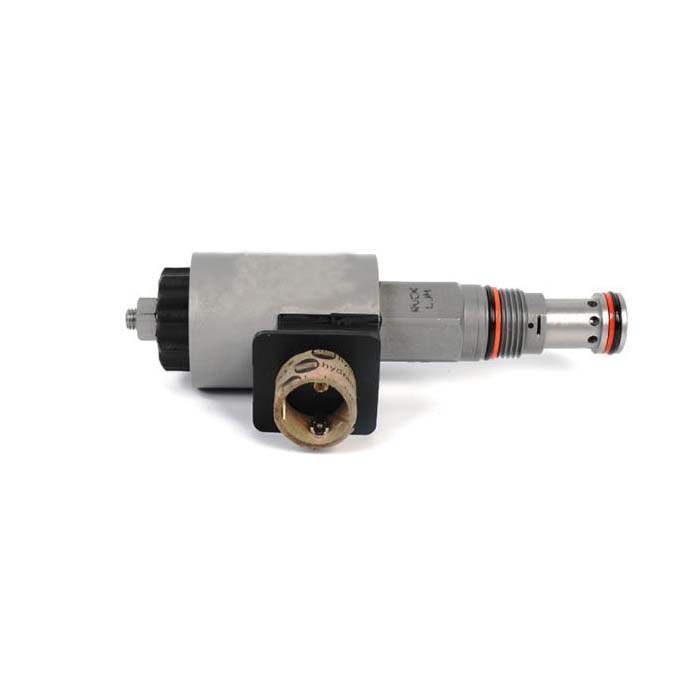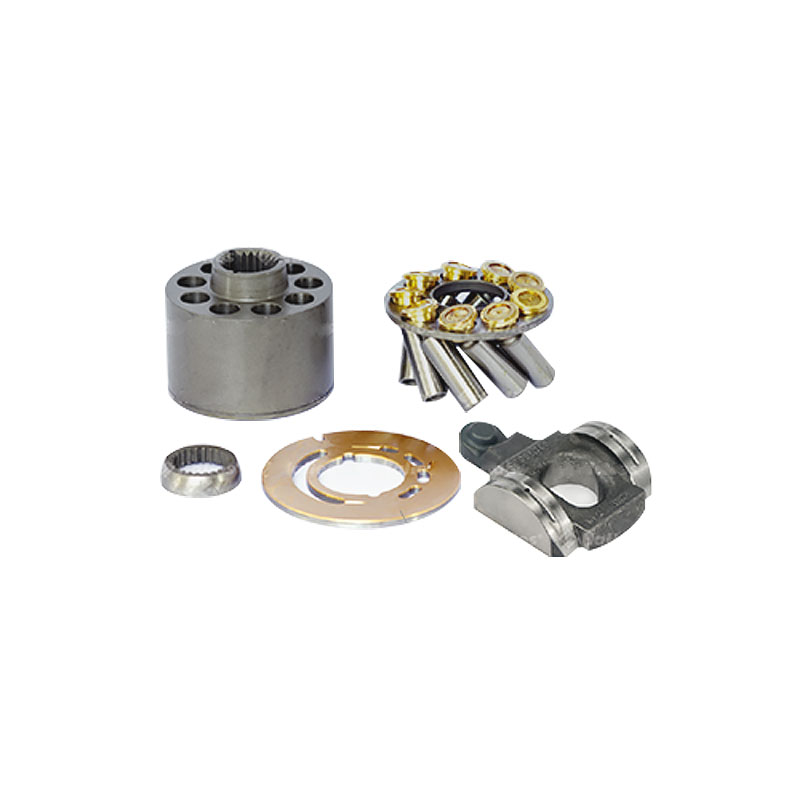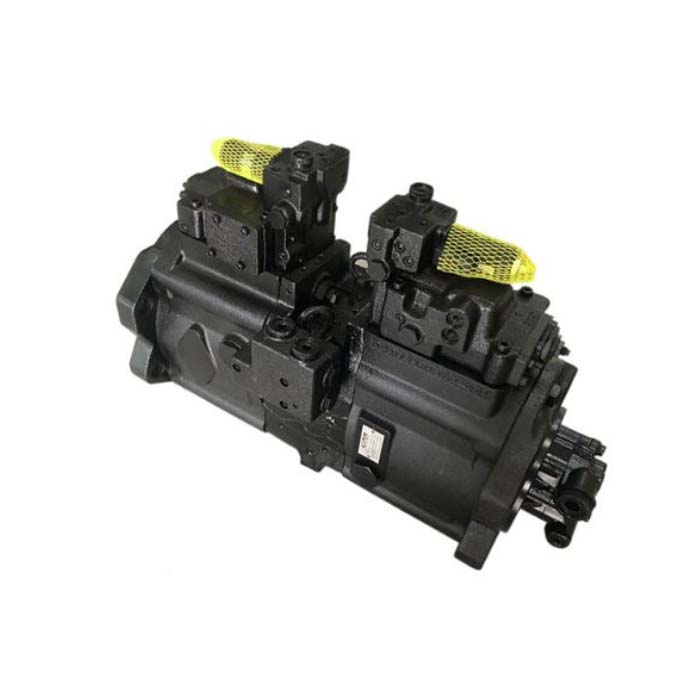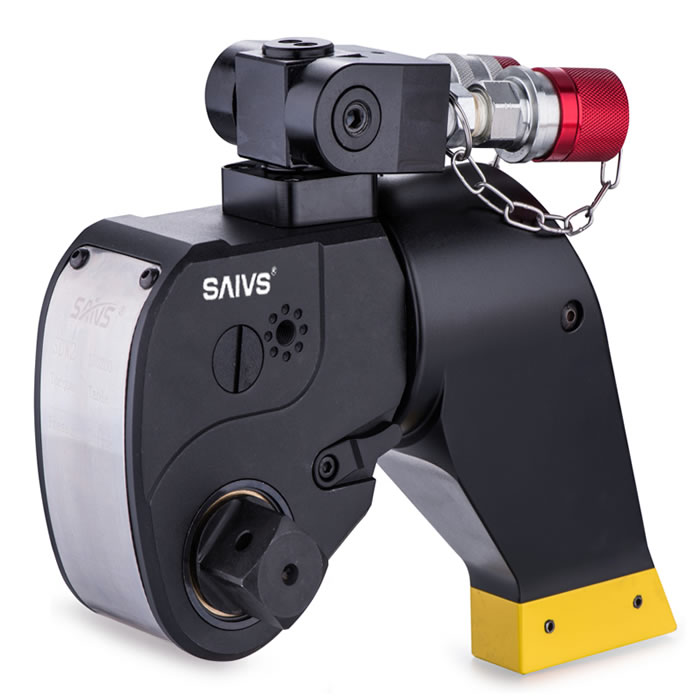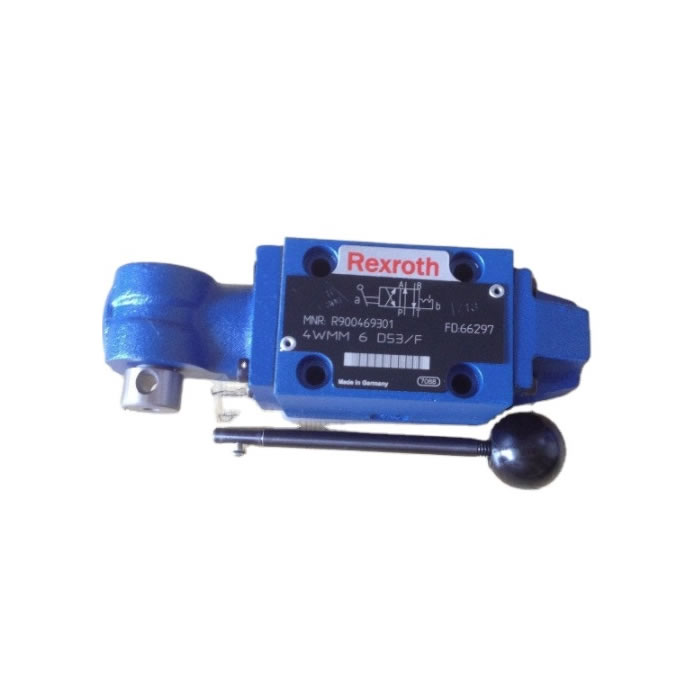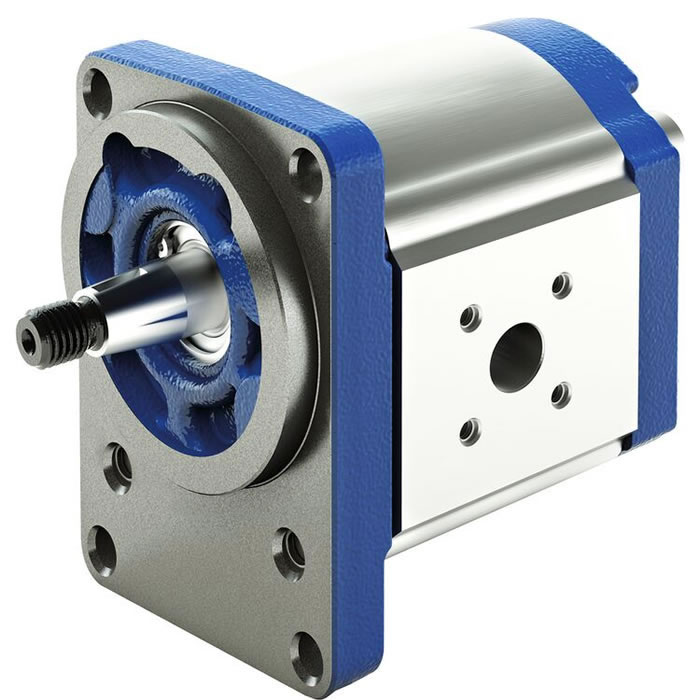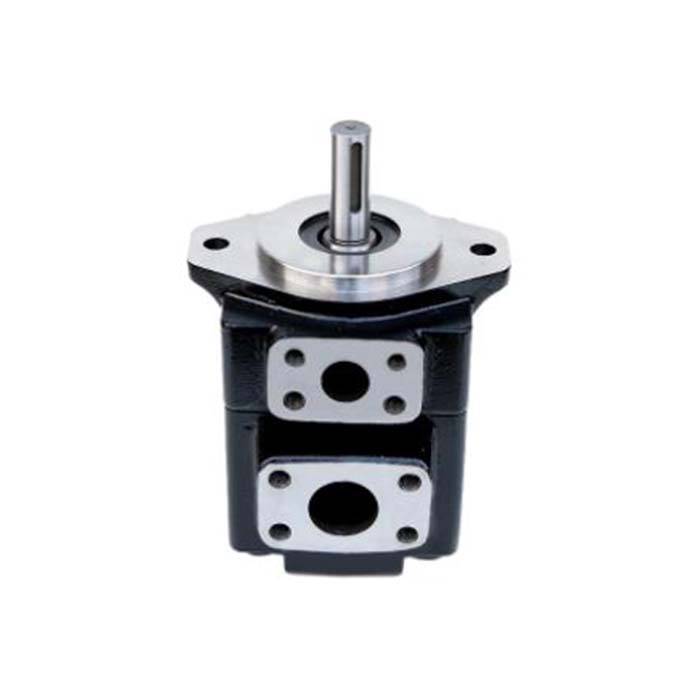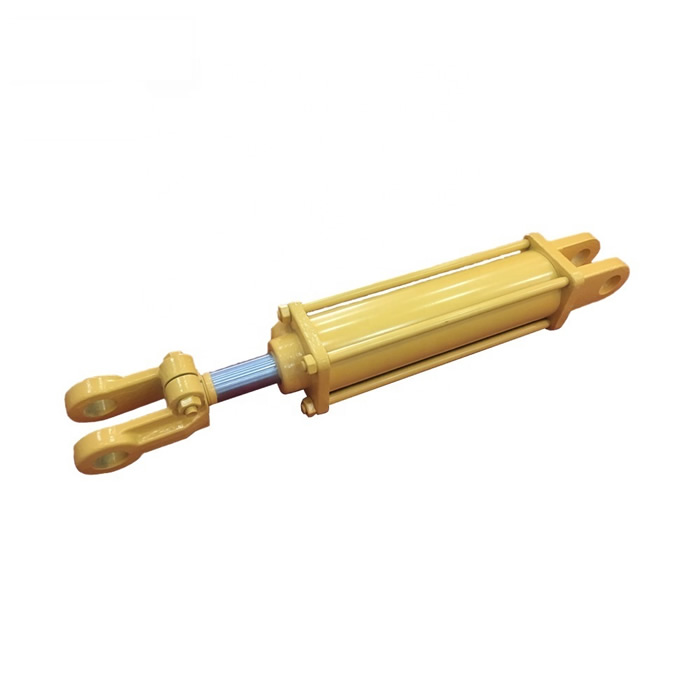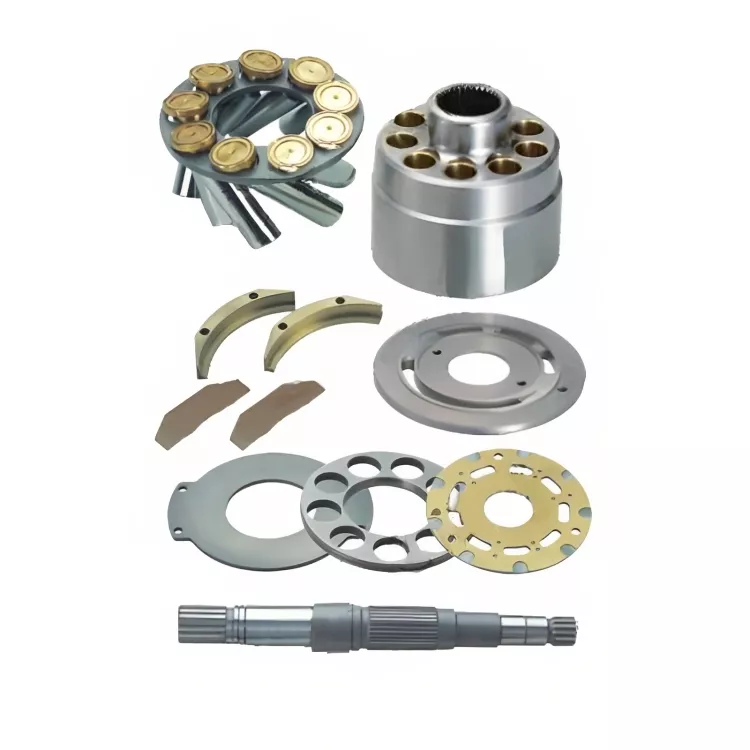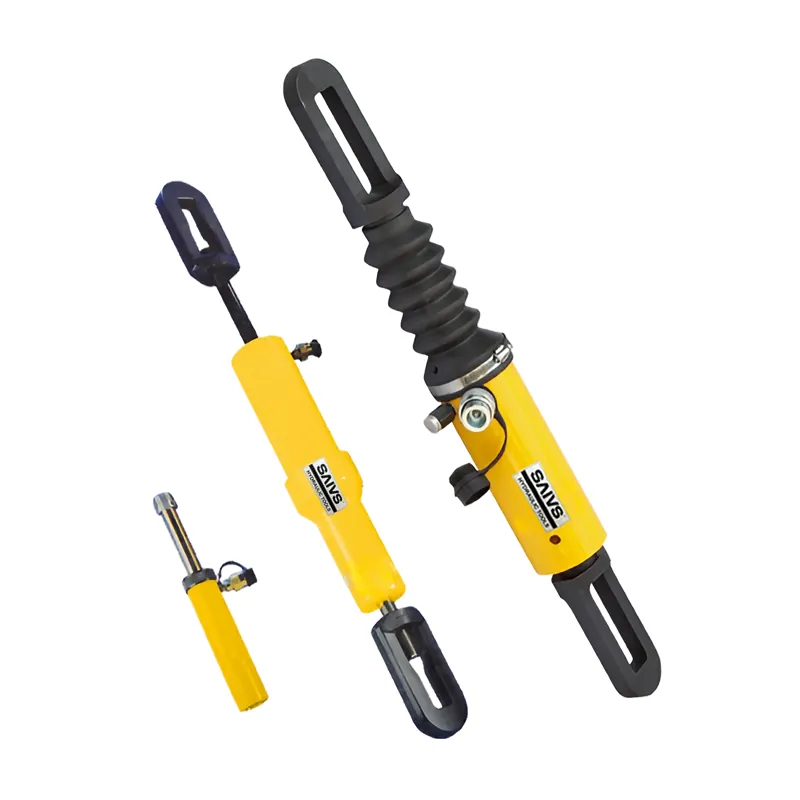Factors to Consider When Choosing a Parker Piston Pump
When selecting a Parker piston pump for a Hydraulic System, several critical factors must be carefully evaluated to ensure optimal performance, reliability, and efficiency. This article explores the technical and operational considerations that guide the selection of Parker piston pumps, emphasizing system compatibility, energy efficiency, and service life.
1. System Pressure and Flow Requirements
The pressure and flow capacity of the hydraulic system are key determinants in selecting a Parker piston pump. Hydraulic systems generally operate under three pressure levels: low (≤2.5 MPa), medium (8–16 MPa), and high (20–31 MPa). For piston pumps, the system pressure should be maintained at 70–80% of the pump's rated discharge pressure. This practice ensures economical operation while prolonging the pump’s service life. It is essential to avoid using hydraulic diaphragm pumps in systems that require Parker piston pumps, as the built-in safety valve in diaphragm pumps can easily activate under hydraulic pressure, disrupting normal system operation.
2. Noise Levels and Flow Pulsation
Different types of pumps exhibit varying noise levels and flow pulsation rates, factors that influence system performance and operator comfort. Parker piston pumps are known for their relatively low noise and moderate flow pulsation. When compared to other pump types, such as external gear pumps, which have high noise and pulsation rates, or Vane Pumps, which have lower noise but variable pulsation, Parker piston pumps strike a balance. Their performance is particularly suited for applications where moderate pulsation and quieter operations are desirable.
3. Reliability, Service Life, and Cost
The reliability and longevity of a hydraulic pump significantly affect the overall maintenance costs and downtime of a system. Parker piston pumps are highly reliable and offer a longer service life compared to gear pumps and single-acting vane pumps. However, they are more expensive than these alternatives. Screw pumps, although the most reliable and durable, are also the costliest. Choosing a Parker piston pump provides a balance between cost and reliability, making it a practical choice for many industrial applications.
4. Sensitivity to Contamination
Hydraulic systems operate optimally when oil cleanliness is maintained. Parker piston pumps, like screw and vane pumps, are sensitive to contamination. This necessitates the use of high-precision filtration systems to ensure the longevity and proper functioning of the pump. Low-pressure gear pumps are less sensitive to contamination and can operate with lower filtration standards, but high-pressure systems with Parker piston pumps demand meticulous filtration management.
5. Energy Efficiency
Energy efficiency is a critical consideration in modern hydraulic systems. To minimize power consumption, variable pumps, particularly variable vane pumps with proportional pressure and flow control, are recommended. Additionally, using double or triple pumps can further optimize energy usage. Parker piston pumps, when correctly selected, contribute significantly to energy savings, making them suitable for high-demand applications.
6. Performance Criteria: Flow and Pressure
The core performance parameters of Parker piston pumps include flow and pressure ratings. The following principles guide their selection:
Rated Flow: The pump’s output flow must meet the maximum speed requirements of the system's actuator. Leakage within the system must also be accounted for to ensure sufficient flow is maintained.
Rated Pressure: The pump must be capable of withstanding the system's maximum working pressure. The rated pressure of the selected pump should be equal to or greater than the calculated system pressure. Overload operations should be limited to the specifications outlined in the product manual to prevent premature wear.
7. Structural Considerations and Speed
Once the pump's pressure and flow requirements are determined, the structural type of the Parker piston pump must be selected. The chosen pump should have a rated pressure and flow slightly higher than the system’s requirements, avoiding excessive over-sizing. Additionally, the pump's operational speed must align with the manufacturer's specifications to ensure optimal performance.

